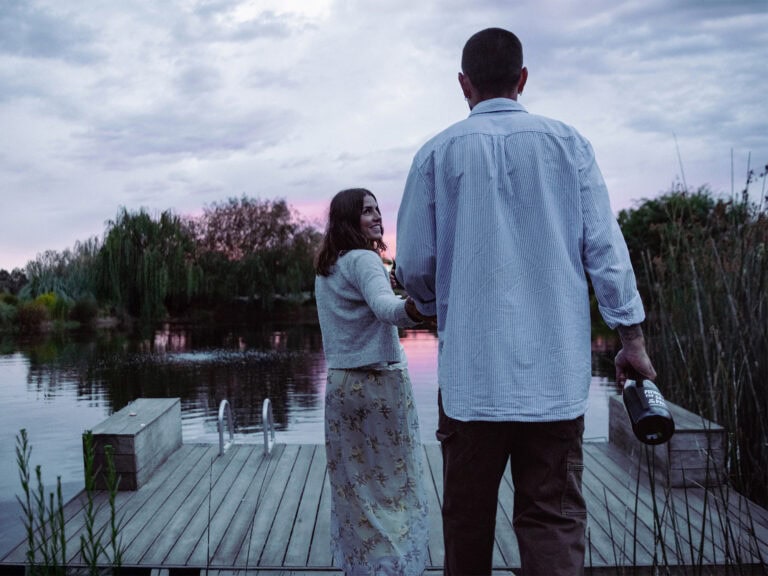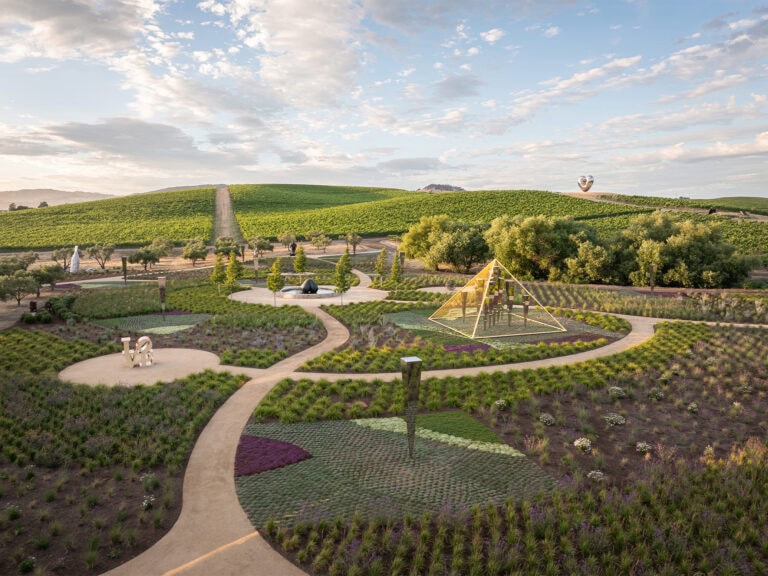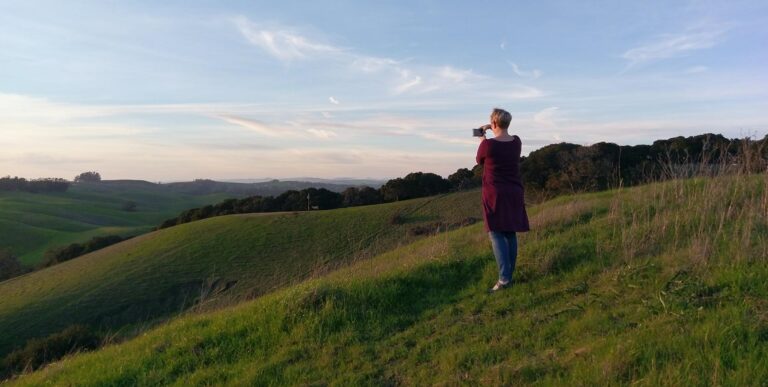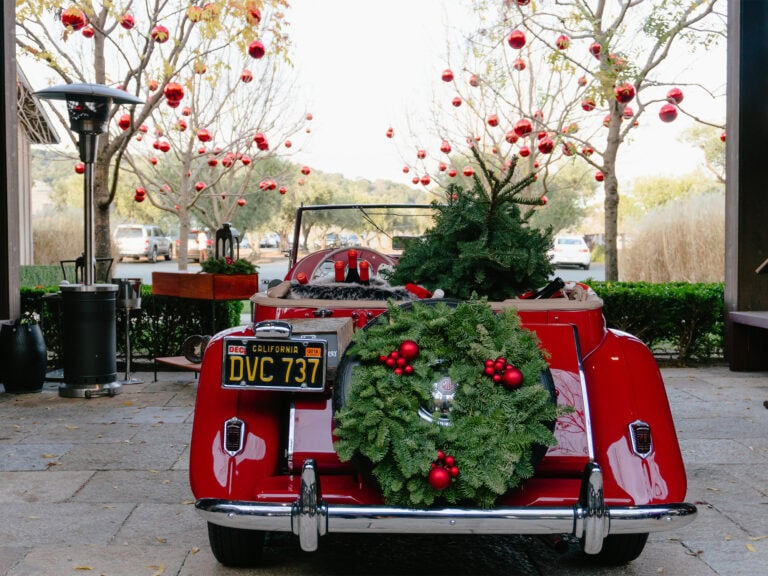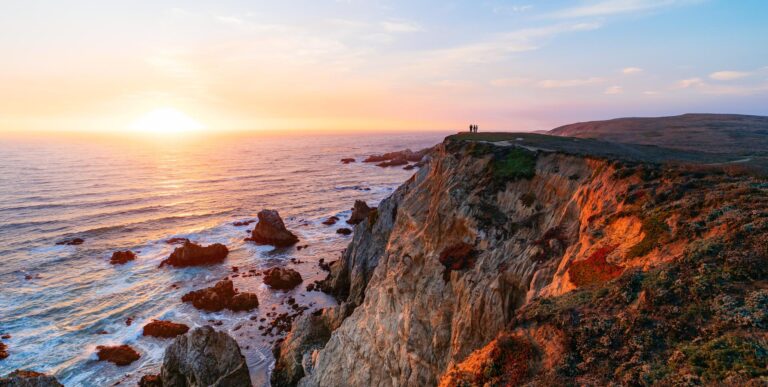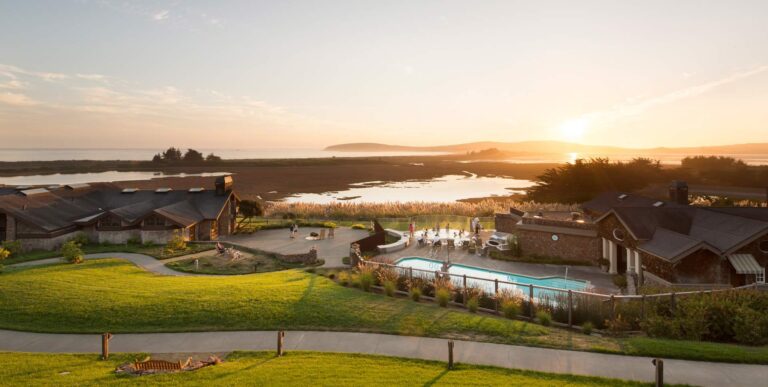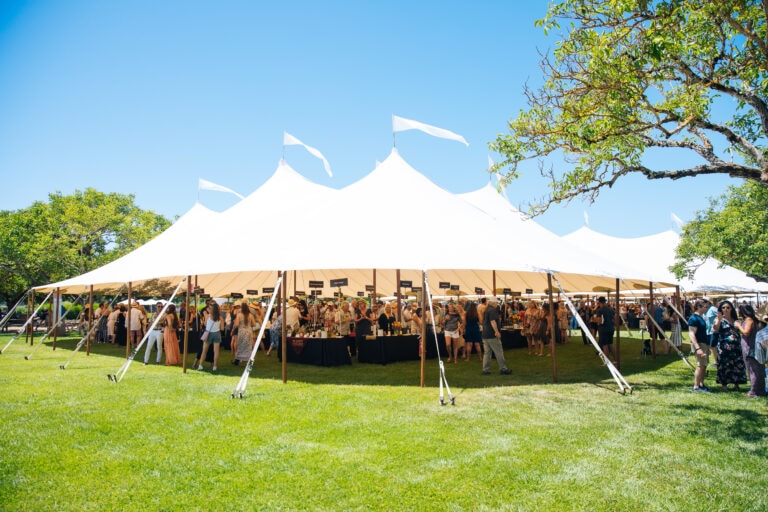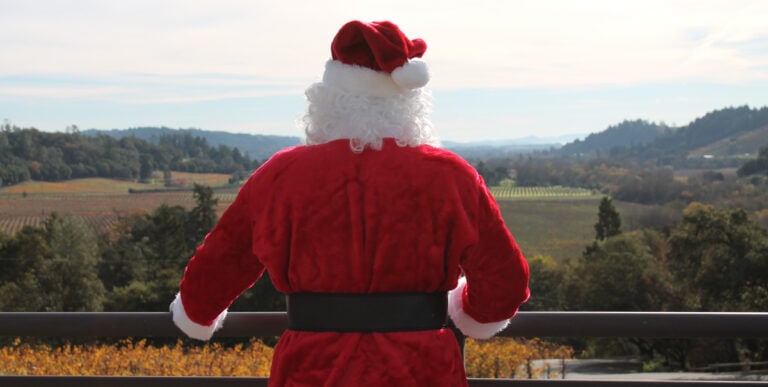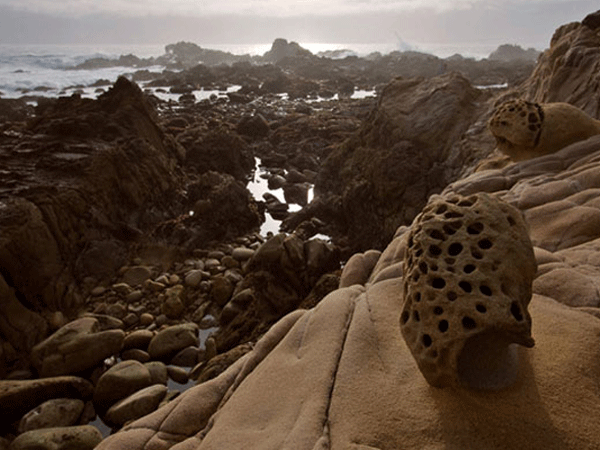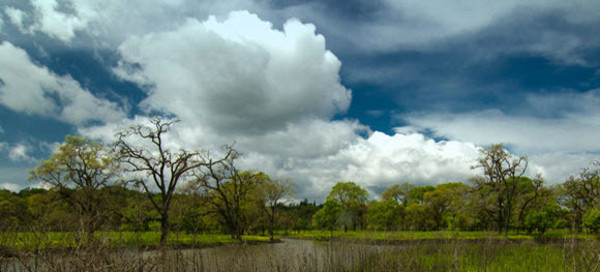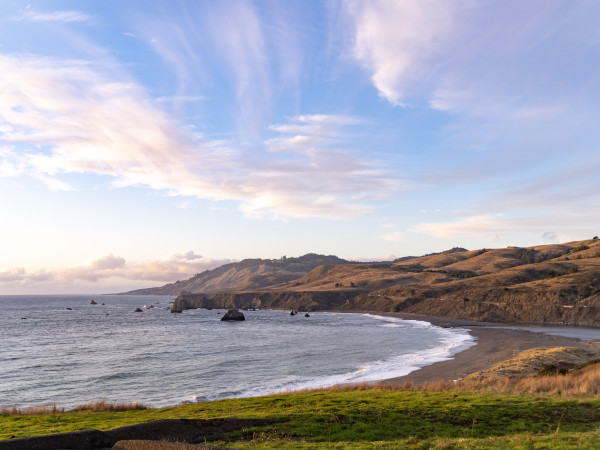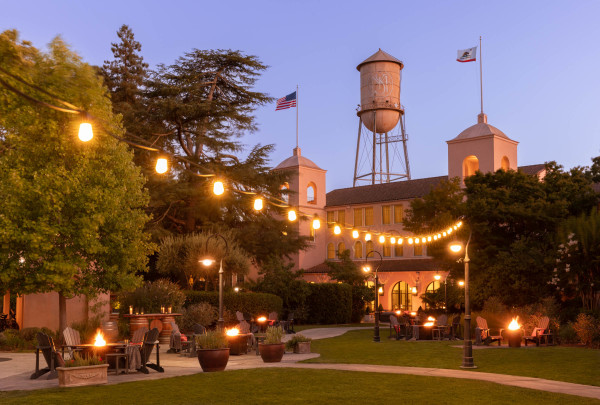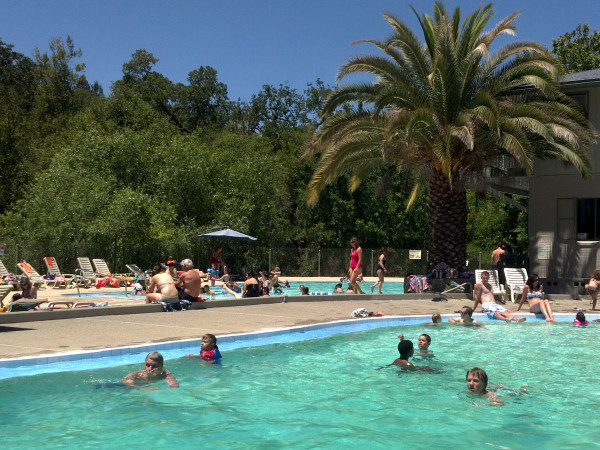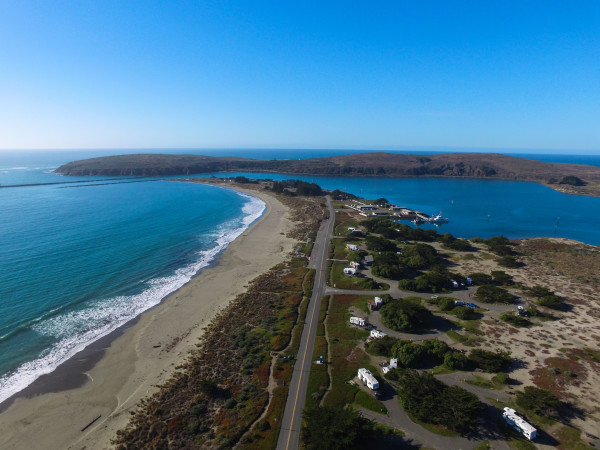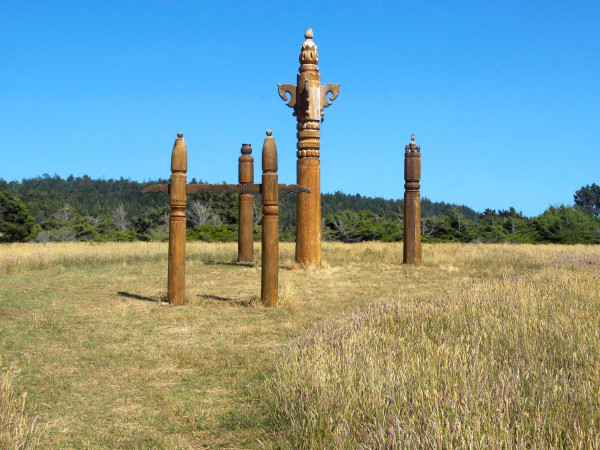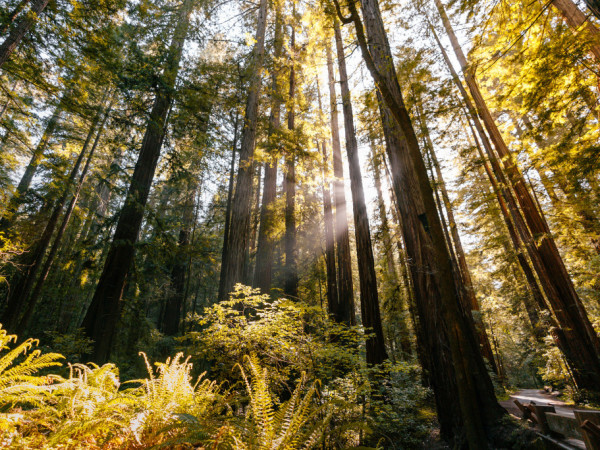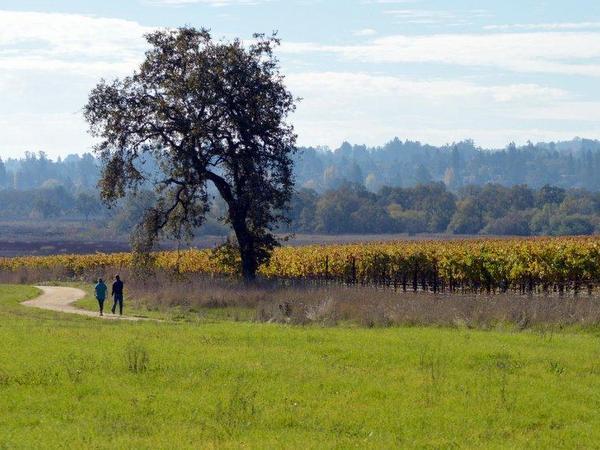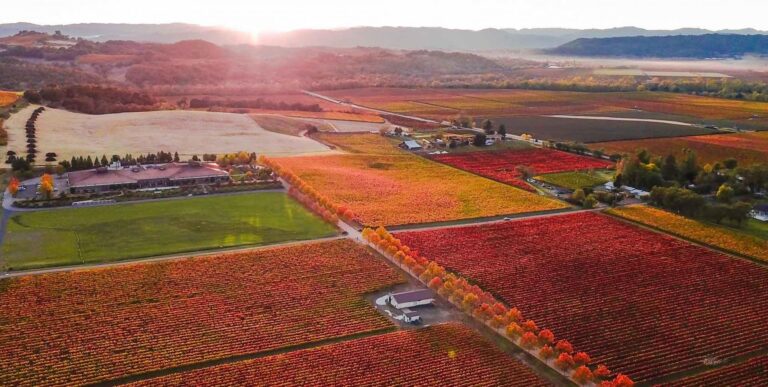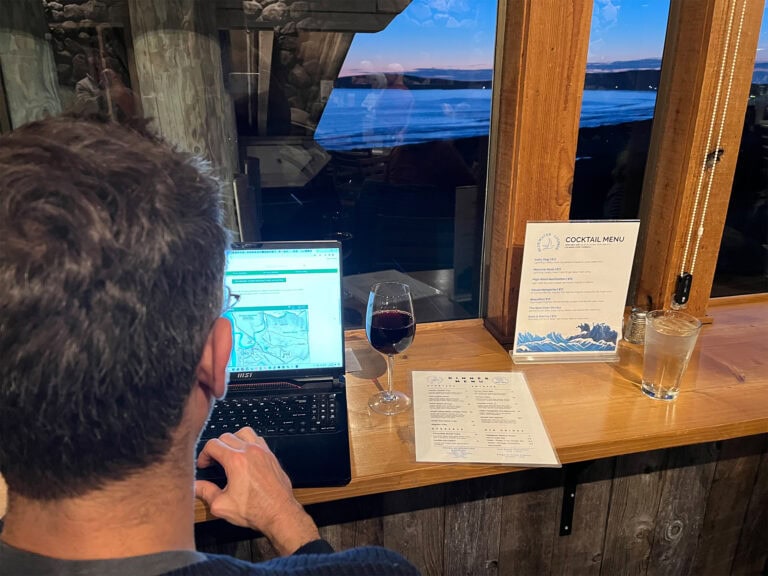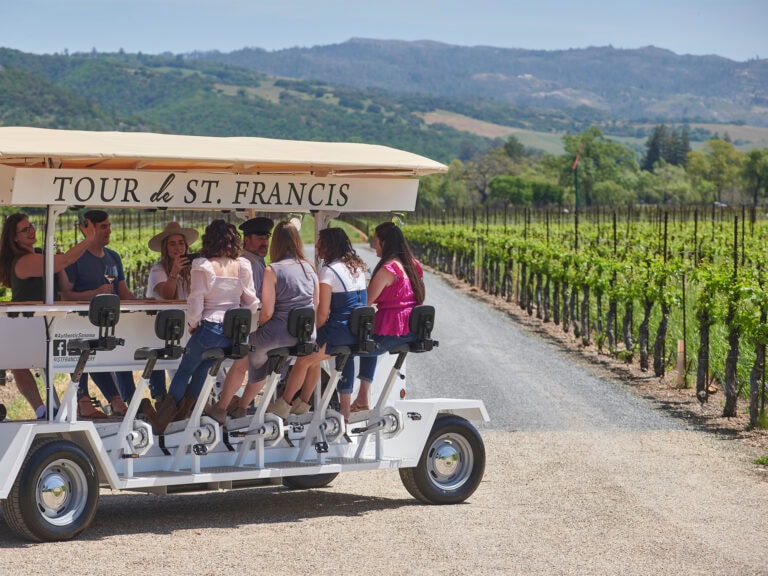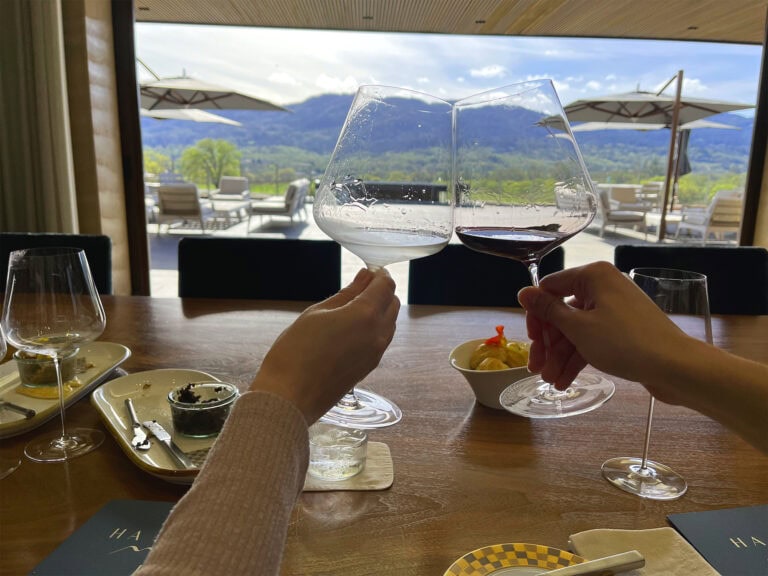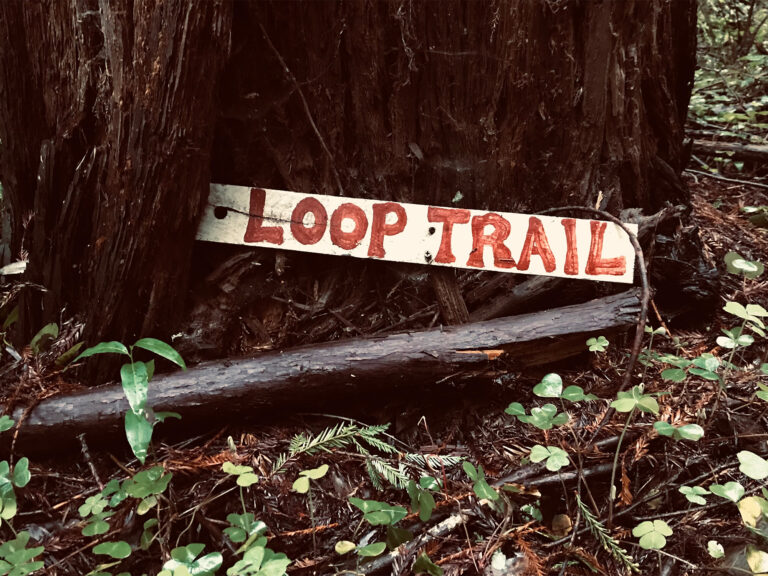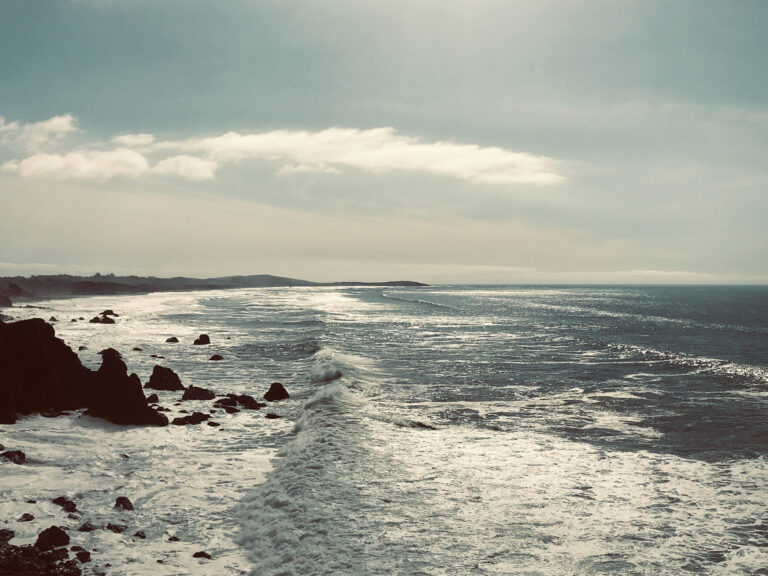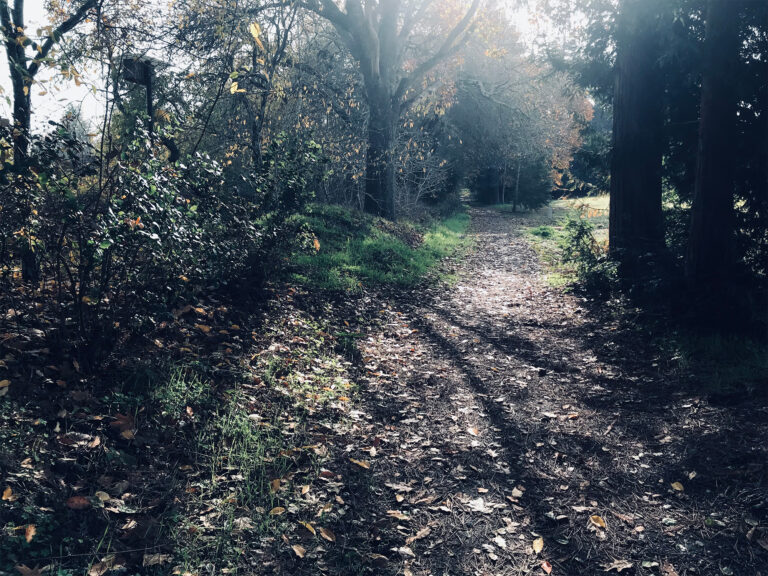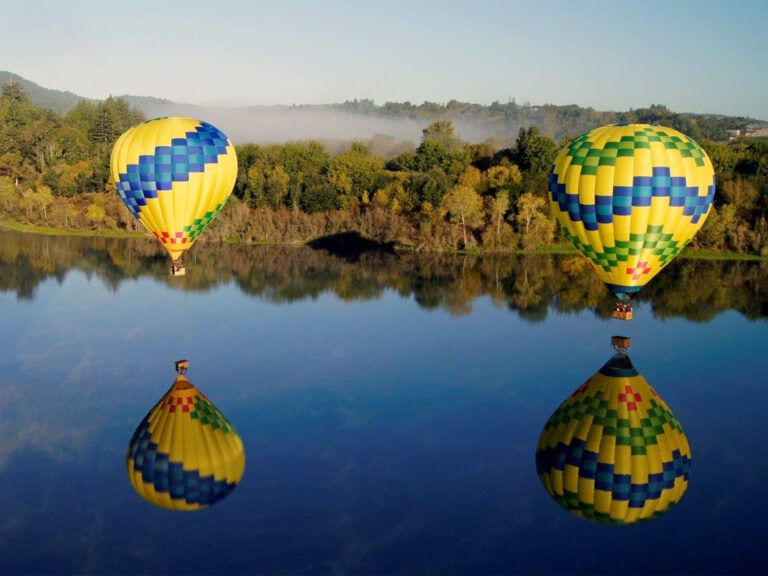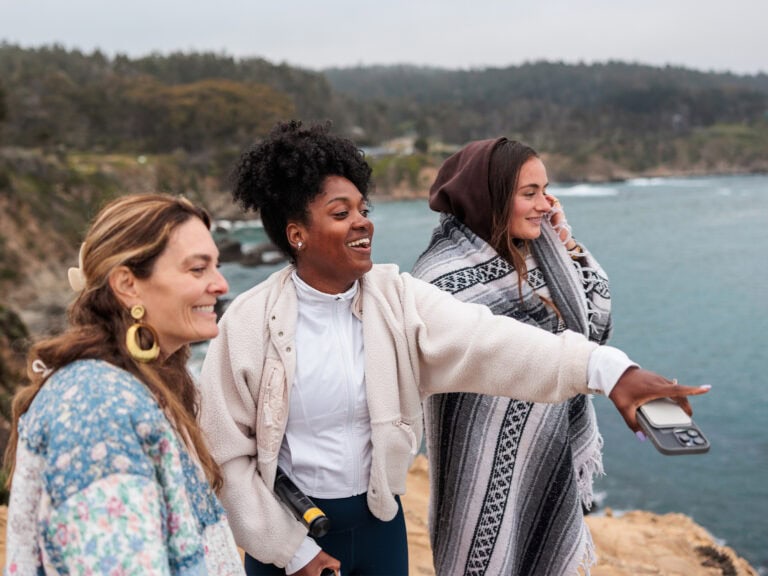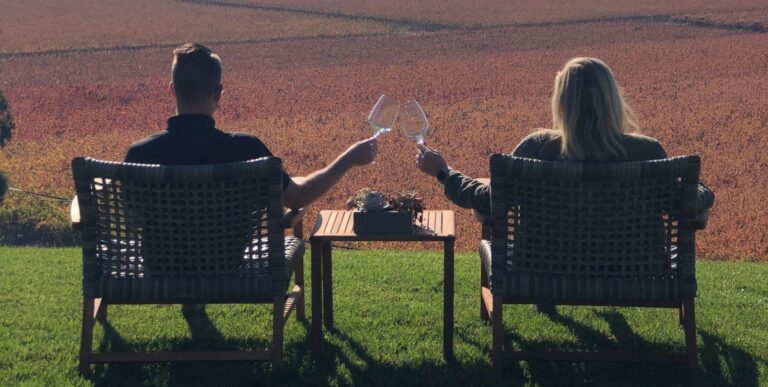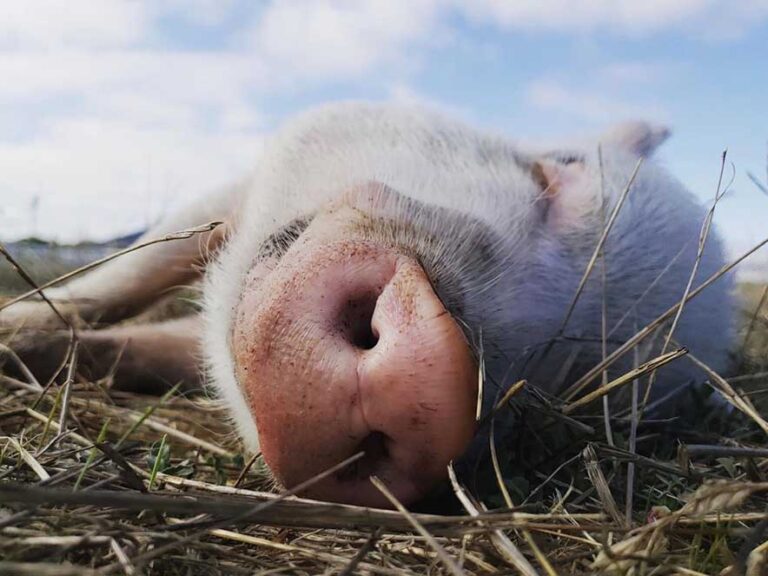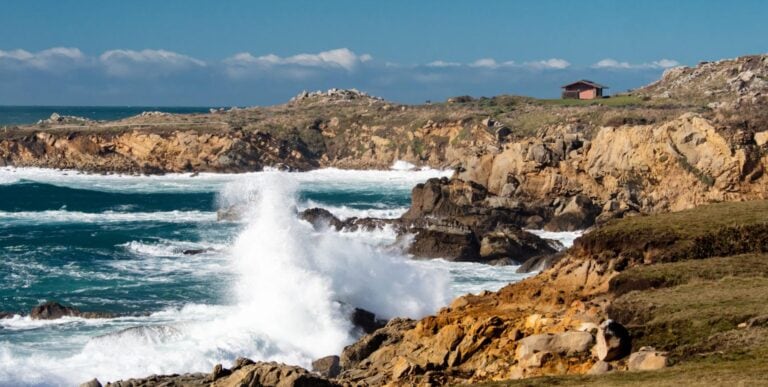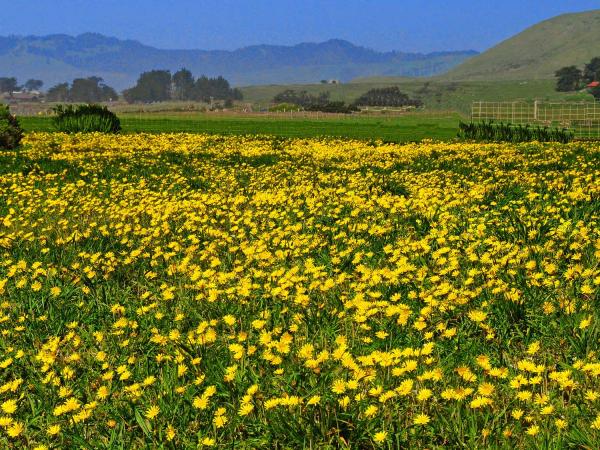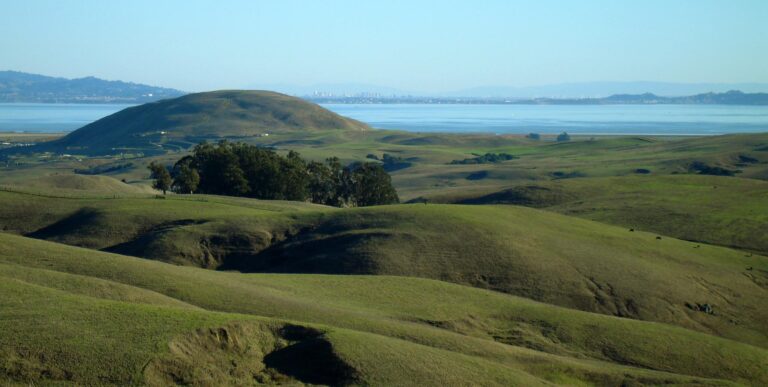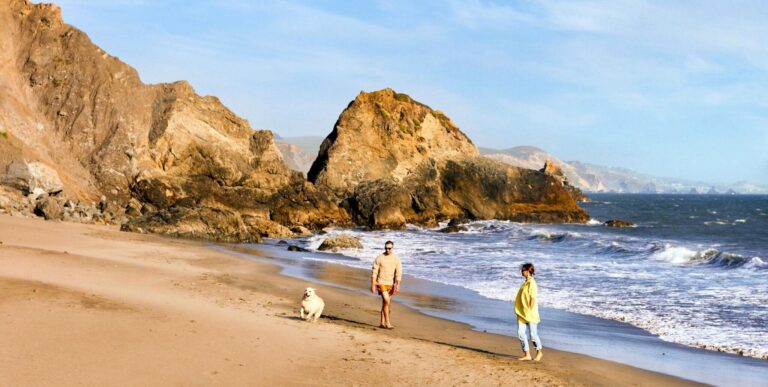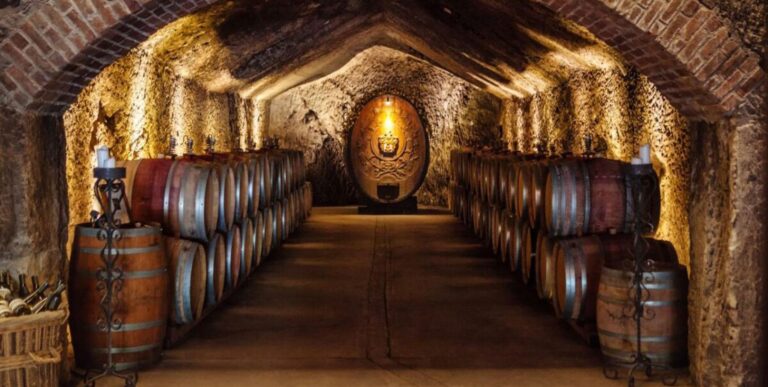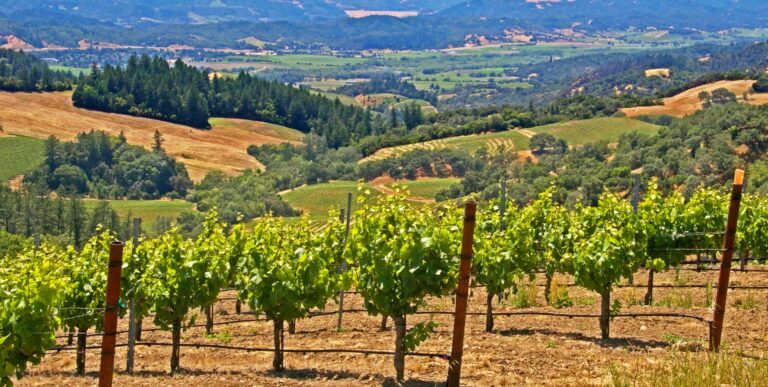8 Natural Wonders of Sonoma County
One of the best ways to enjoy Sonoma County, California, is to check out its superb natural wonders. These marvelous twists of nature, all in beautiful locations, will take you by surprise and stay in your mind forever.
Here is a list of extraordinary natural wonders waiting for you to discover in Sonoma Wine Country.
Tafoni Sanstone Sculpture, Jenner
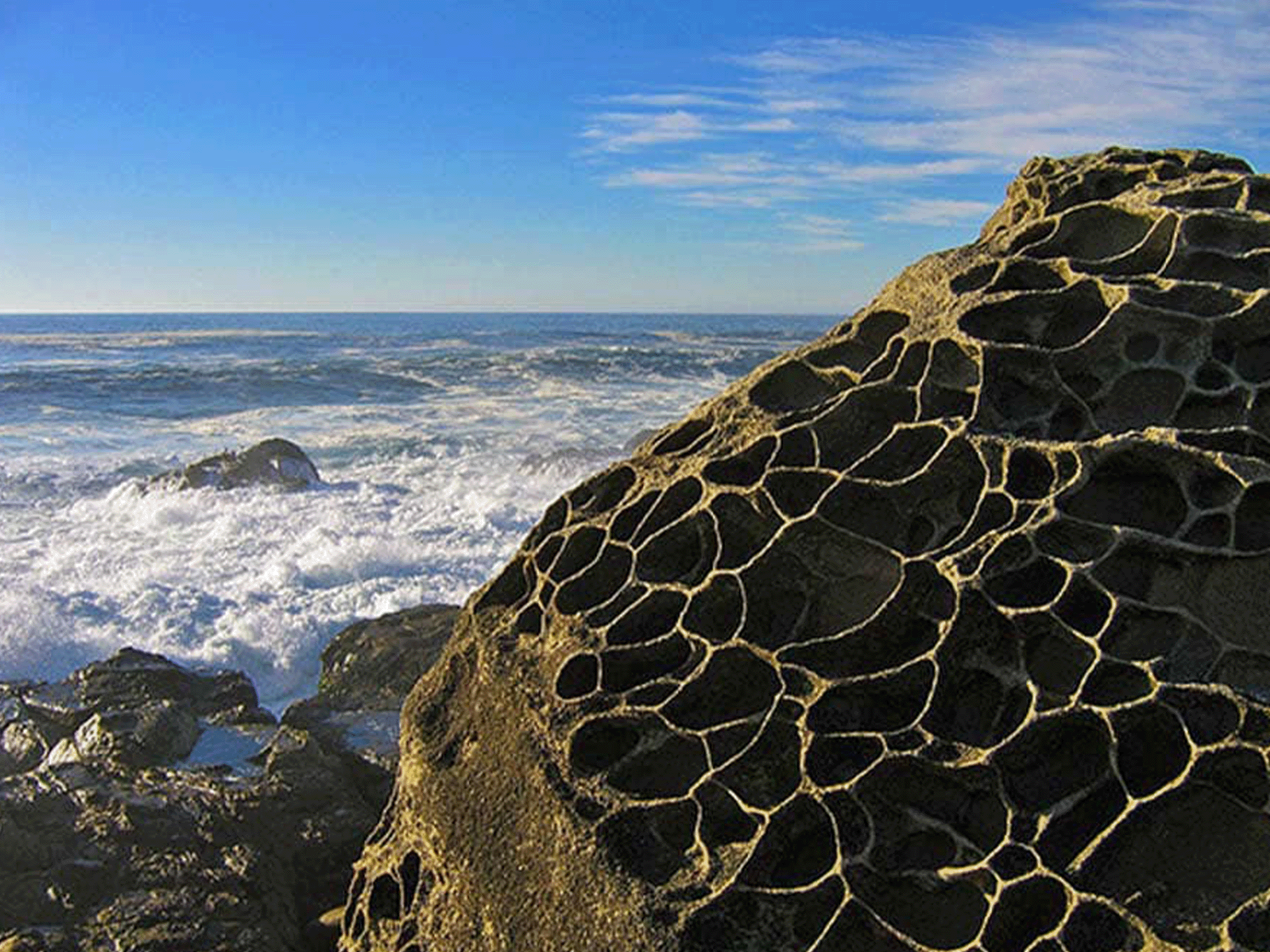
Located on the Sonoma Coast, the 6,000-acre Salt Point State Park is known for dramatic beauty that includes surf crashing against sea cliffs, fiery sunsets, and fascinating Tafoni sandstone. Riddled in honeycomb-type erosion with ribs, ridges, holes, and other patterns, the Tafoni takes on infinite lacy shapes and complex patterns. Delicate-looking but enduring, it’s sometimes called stonelace. The park has more than 20 miles of hiking and equestrian trails; surf fishing is extremely good; and the rocky waters are popular with abalone divers.
Visitor tip: The Beautiful Salt Point State Park is only about four miles north of another excellent place to visit: The preserved compound of historic Fort Ross on the majestic cliffs of the Pacific Ocean.
Pygmy Forest, Gualala
In the northern reaches of the Sonoma Coast lies one of the world’s wonderful oddities: A pygmy forest. Acidic soils and environmental factors played a part in this forest’s growth, so that when fully mature, these trees are perfect miniature versions of their species and stand only a few feet tall. Situated at the highest elevation within Salt Point State Park, the pygmy forest is populated with stands of tiny pine and cypress trees, and even small-fry versions of the usually gigantic redwood tree. You can see this miniature forest by following the park’s looping 3.8-mile Pygmy Forest Trail.
Protected Wetlands, Santa Rosa

The county’s largest freshwater wetland is the stunningly beautiful 254-square-mile Laguna de Santa Rosa, a tributary of the Russian River and a mosaic of creeks, water, perennial marshes, riparian forests, and oak woodlands. This essential stopover for migrating birds is also a permanent home to numerous mammal, fish, bird, and plant species. Hike or bike the 1.8-mile multi-use trail, or try the 2-mile Laguna Wetlands Preserve Trail, which is open to hikers and wheelchairs (no bikes on this trail). You can also visit the Laguna Environmental Center for a self-guided tour and discover three launch locations for a kayak adventure on inviting waters.
Ancient Sea Stack, Jenner
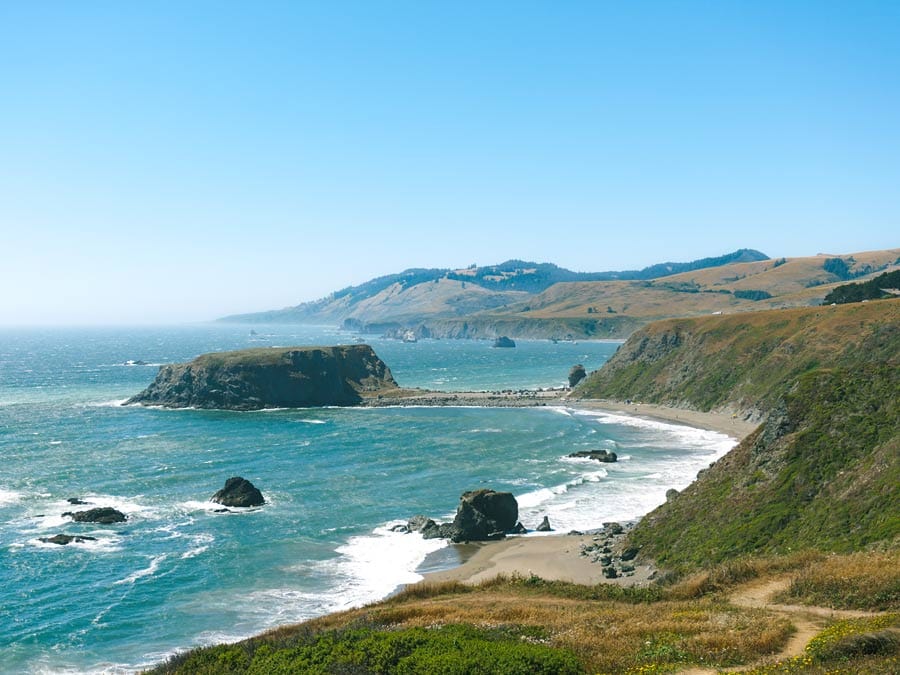
One of the best-loved beaches in Sonoma County is named for a rock, but not just any rock. Goat Rock is an immense flat-topped sea stack that’s barely attached to the sandy beach by a narrow isthmus. Located near the magnificent Russian River’s outlet to the sea, this mile-long, beautiful beach provides views of other sea stacks, white-capped waves, and sand dunes. Gulls, sandpipers, and other seabirds peck at the wave line, and the occasional fisherperson casts a line in hopes of tasty smelt or rockfish.
Goat Rock is said to have derived its name from goat herds that grazed nearby more than a century ago, and according to marine scientists, it was once a sea-level marine terrace that later became uplifted. One thing we do know is that mystery and beauty entwine at this special place.
Magnificent Redwood Trees, Guerneville
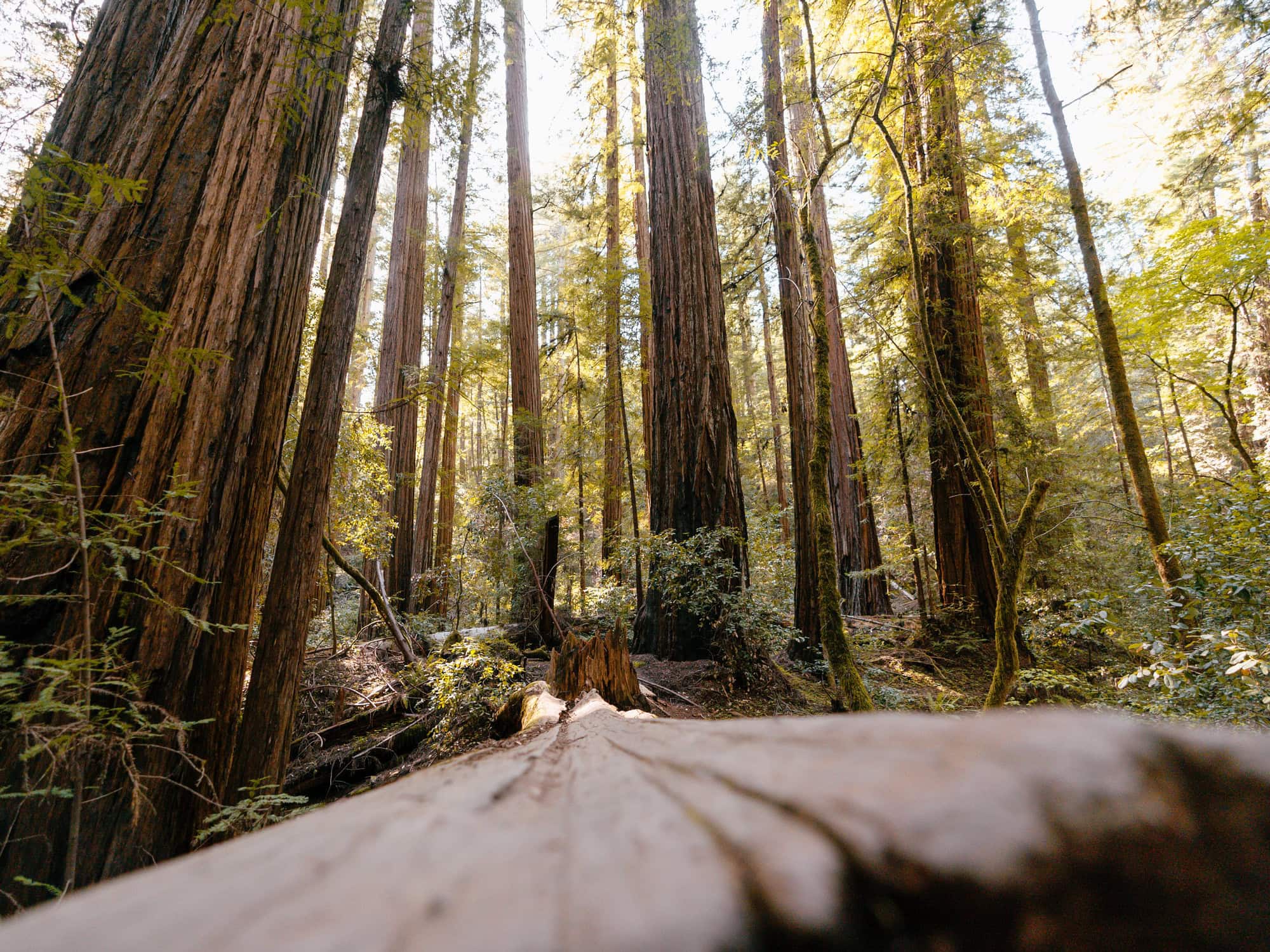
It’s impossible to visit Sonoma County’s Armstrong Redwoods State Natural Reserve and not be impressed. Located in a canyon two miles from Guerneville’s Main Street, the Reserve is a 805-acre living reminder of the immense forests that once covered Sonoma County’s coast. Meander trails surrounded by amazing trees that can approach nearly 400 feet in height, grow to a diameter of 12-16 feet, and live to be more than a thousand years old. Visit Colonel Armstrong, a magnificent giant that has lived more than 1,400 years.
Walk the self-guided Armstrong Nature Trail to learn about redwood trees via interpretive displays, and be sure to bring a picnic so you can relax and feast beneath the redwoods’ canopy.
Geothermal Hot Springs, Sonoma Valley
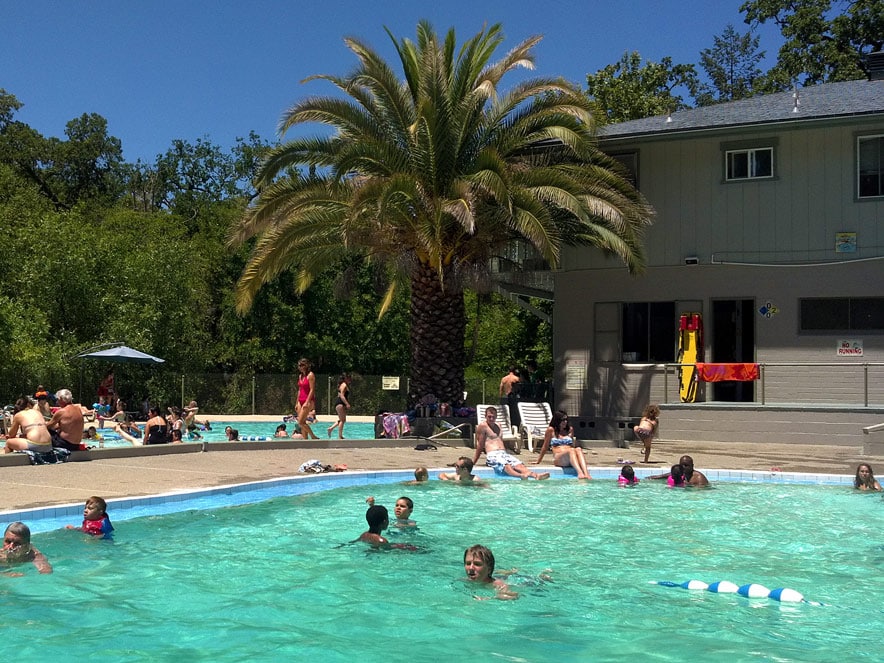
For centuries, Sonoma County’s geothermal mineral springs, often called hot springs, have been a natural attraction. Today, visitors can enjoy these legendary sites.
The thermal waters of Boyes Hot Springs can be sampled in a luxurious setting at the Fairmont Sonoma Mission Inn & Spa, in the town of Sonoma. Here you’ll find thermal mineral waters in two pools and a spa, plus this site boasts a bathhouse, spa treatments, and a luxurious hotel.
The geothermal waters of Morton’s Warm Springs in the town of Glen Ellen are accessible in three separate pools amidst a beautiful, 20-acre country setting.
Diverse Marine Environment, Sonoma Coast
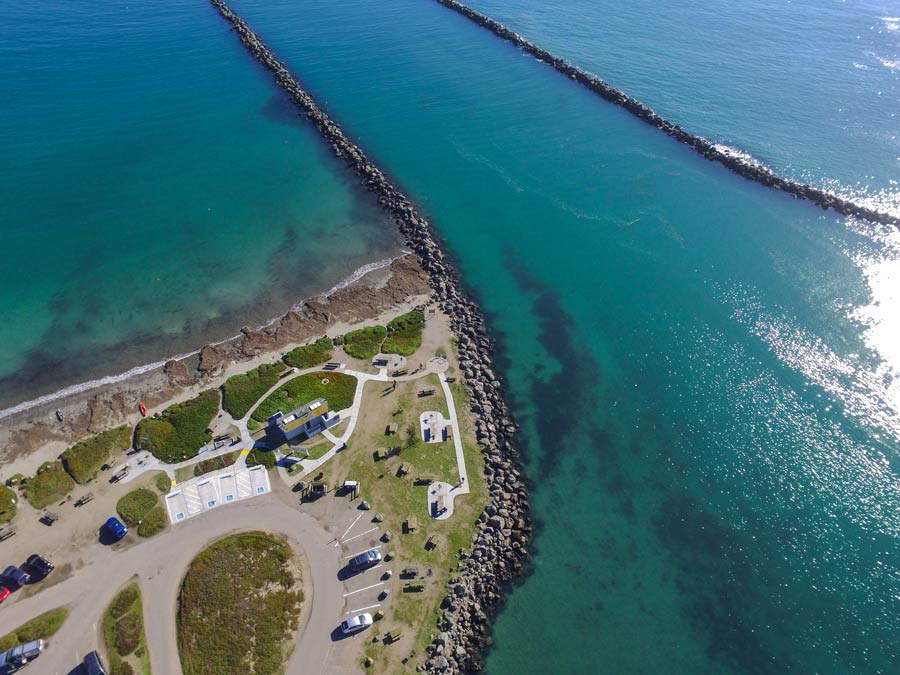
The 3,295-mile Greater Farallones National Marine Sanctuary includes Pacific Ocean waters along Sonoma County’s 55-mile coastline. The sanctuary provides breeding and feeding grounds that include open ocean, tidal areas, wetlands, reefs, and beaches for aquatic species. The amazing and diverse marine life here includes many endangered species, marine mammals like humpback whales, and one of the planet’s largest white shark populations. The sanctuary is also a resource for research, and it shelters cultural treasures such as shipwrecks and Native American artifacts.
Visitor tip: When you visit this sanctuary, stop in Bodega Bay, where you can explore a sandy beach or watch for whales from prime vantage points or on an ocean-going boat. Here you’ll find memorable lodging with ocean views or coveted beach camping at Doran Regional Park.
Gualala Point, Gualala
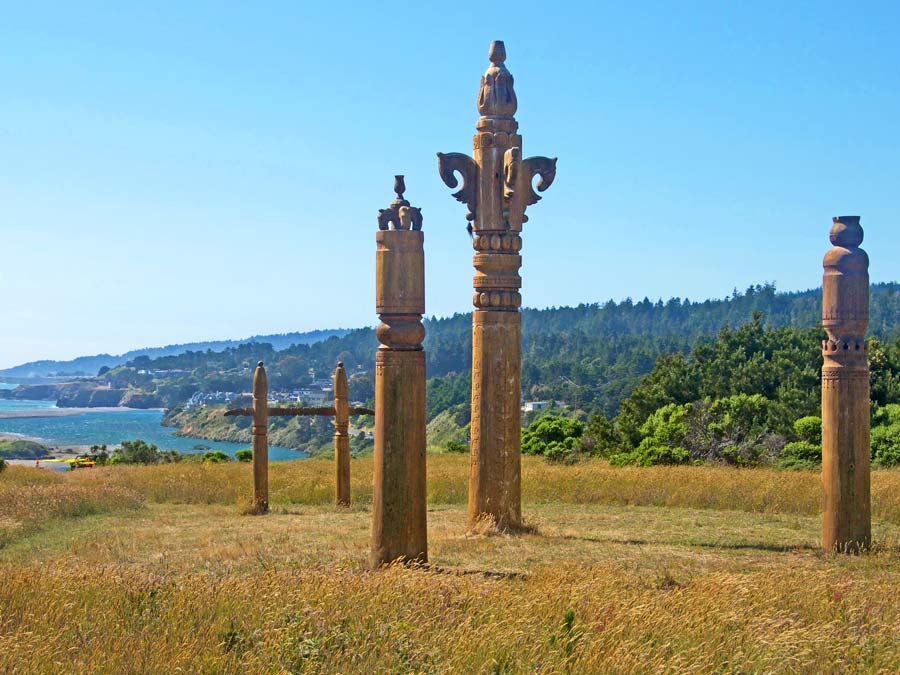
The stunning Gualala Point Regional Park stretches between the Pacific Ocean and the outlet of the Gualala River, which is unusual in that this river runs parallel to the coast in a south-to-north direction. On the riverside of the park, you can wade or swim in warm water (in summer), observe osprey in cattail marshes, and go fishing or kayaking. On the ocean side of the park, you can stroll the shore, explore sand dunes, look for driftwood, watch shorebirds, or relax with a picnic.
The park offers clifftop trails, a campground nestled beneath redwood trees, and a visitors center with comprehensive displays. Early Spanish explorers named the river based on the local Pomo Indian word, Walali, which means “Where the waters meet.”
Find more fun things to do in Sonoma County.
See Sonoma County’s safety tips for water activities.
Together, we can protect and preserve the beauty and natural resources of Sonoma County for generations to come. Check out our page on Sustainable Travel, and look over the Leave No Trace Seven Principles.
Written by Sonoma Insider Suzie Rodriguez
THIS IS WINE COUNTRY.
Share your experience using #SonomaCounty or #LifeOpensUp
